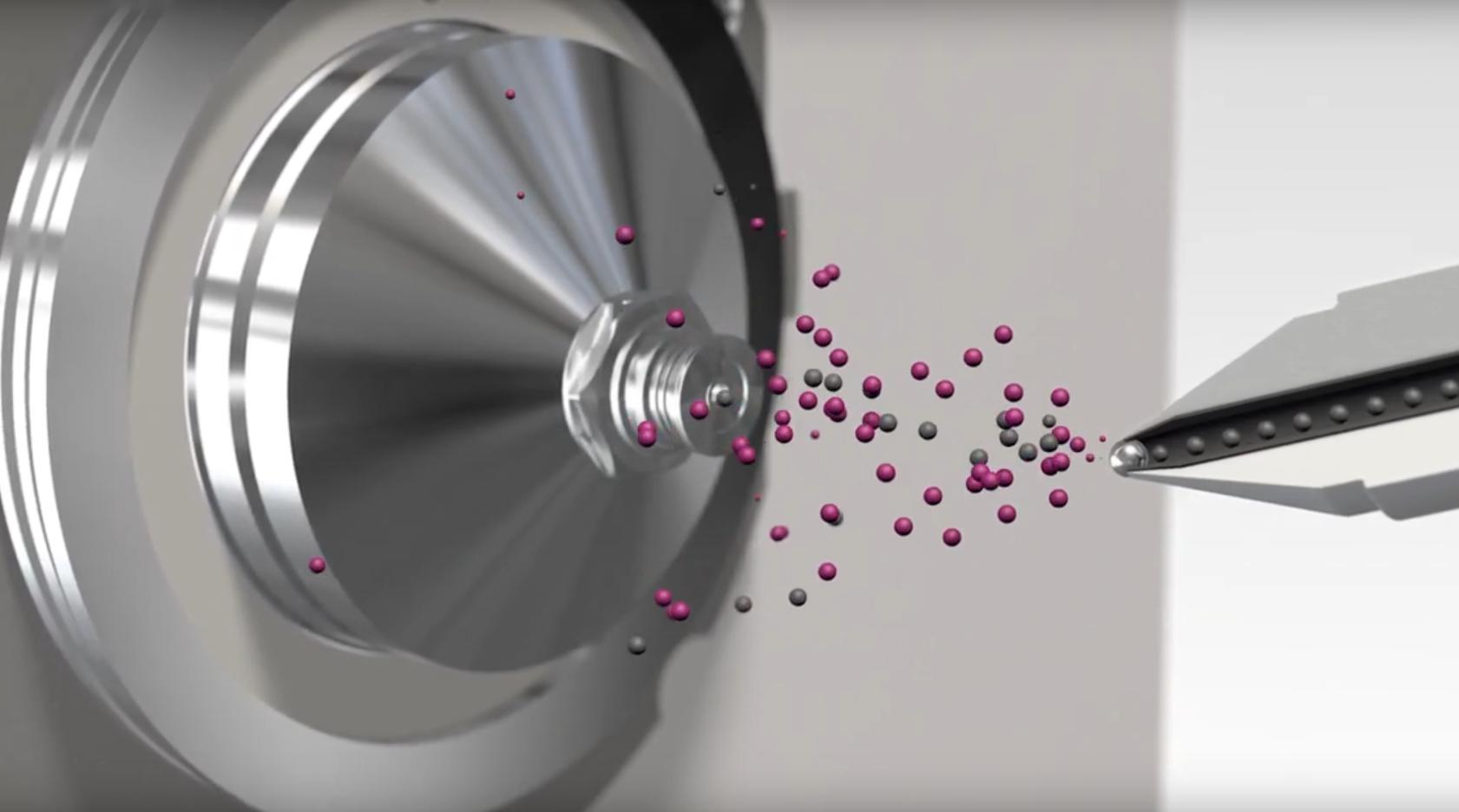
By Ionization Only: Detecting Nitrosamines with Mass Spectrometry
In previous articles, you have already learned that mass spectrometry is an impressive technology with the potential to significantly impact research, laboratories, and industry. However, for a mass spectrometer to deliver results, ionization or “charging” is crucial. Only when the substance to be analyzed is „charged“, the mass spectrometer work its miracles. In this article, you will discover which ionization methods are typically used for the analysis of nitrosamines, the challenges that may arise, and a promising alternative.
Nitrosamines in Pharmaceuticals
Nitrosamines are potentially carcinogenic substances that went unnoticed for an extended period in medications for hypertension. They were found in both Valsartan and Ranitidine, leading to extensive recall actions. The fact that these substances went unnoticed can be attributed to their emergence during the production process, resulting from reactions between various components. Additionally, the lack of appropriate testing methods for these substances in pharmaceutical companies contributes to their oversight. The revelation posed significant challenges for authorities, prompting the development of new standards for manufacturing facilities to prevent nitrosamine-contaminated medications from reaching consumers.
Ionization of Nitrosamines: An Interaction of Chemistry and Physics
Ionization involves adding or removing an electron or proton from a molecule, giving it a recognizable charge. This requires a type of energy jolt where molecules break apart, and free electrons or protons attach to others, putting them in an ionized state. Only then, the mass spectrometer can detect the analytes. When it comes to pharmaceutical testing, Liquid-Chromatography Mass Spectrometry (LC-MS) with Electrospray Ionization (ESI) is most commonly the method of choice. This method is especially suitable for ionizing solvable, polar substances (e.g. active ingredients in medications for hypertension). However, many chemical compounds, such as the volatile nitrosamine NDMA, cannot be ionized by ESI due to their volatile nature. The Atmospheric Pressure Chemical Ionization (APCI) is typically used to ionize these substances, as it is well-suited for the task.
APCI for Nitrosamine Analysis
In atmospheric pressure chemical ionization, the analyte is converted into a gaseous state (e.g., by heating). An electrically charged corona needle generates electrons and ionizes solvent and carrier gas. Subsequently, a chemical reaction between these reactant ions and the analytes takes place, removing electrons from the analyte or transferring protons to it. This process occurs in a chamber at atmospheric pressure, mounted before the entrance of the mass spectrometer. Consequently, a variety of ionized analytes may be lost, as they might not be drawn into the mass spectrometer.

Coupled with high-pressure liquid chromatography, where the sample is separated into its individual components, APCI generally provides meaningful evidence for nitrosamines. However, it is not suitable to provide evidence for the active ingredients of hypertension medication due to its limitation regarding polarity. This means that to comply with the new standards posed by authorities, manufacturing facilities usually need to run two analyses with different ionization methods.
Manufacturers are therefore still searching for a reliable and easy means to comply with authority standards by using one ionization technology only.
SICRIT as an Alternative
The SICRIT (Soft Ionization by Chemical Reaction in Transfer) ionization source features three ionization mechanisms happening at the same time. One of these is similar to APCI; it occurs both chemically through a carrier gas and electrically through a pulse. However, the main difference lies in the design of the source. The electrical pulse is not transmitted by a corona needle but by a plasma ring without direct contact to the analyte, resulting in a gentler ionization, hence the term „soft“ ionization. This minimizes fragmentation, referring to molecules breaking apart during ionization, making their subsequent analysis easier. Another structural difference is that the SICRIT source can be directly mounted at the inlet of the mass spectrometer. As a result, almost all analytes entering the source are also transferred into the mass spectrometer, leading to an increased sensitivity compared to APCI, where a significant portion may be lost.
Comparing APCI and SICRIT in Nitrosamine Analysis
A recent comparison of APCI and SICRIT including identical liquid chromatographic separation and optimization for the highest sensitivity shows: SICRIT is also capable to ionize Nitrosamines and provides on average a 247% higher peak area than APCI for the seven Nitrosamines that have been investigated. SICRIT, due to the different ionization mechanisms, enables a broader coverage and is therefore usually also able to ionize the active ingredients of medications. Accordingly it presents a viable alternative for nitrosamine analysis with increased sensitivity.
Further information about the source and its advantages can be found on our TECHNOLOGY page or through personal CONTACT.
